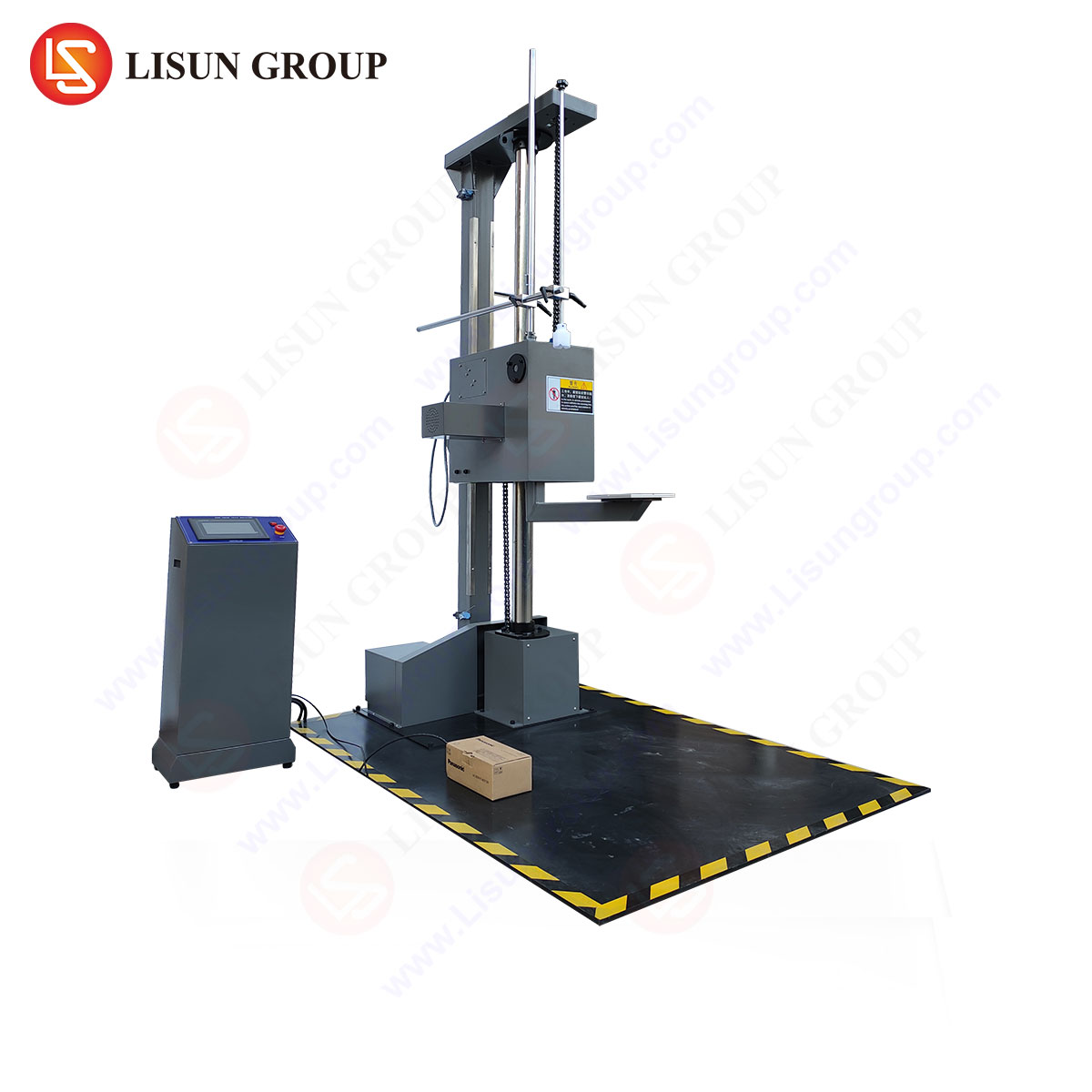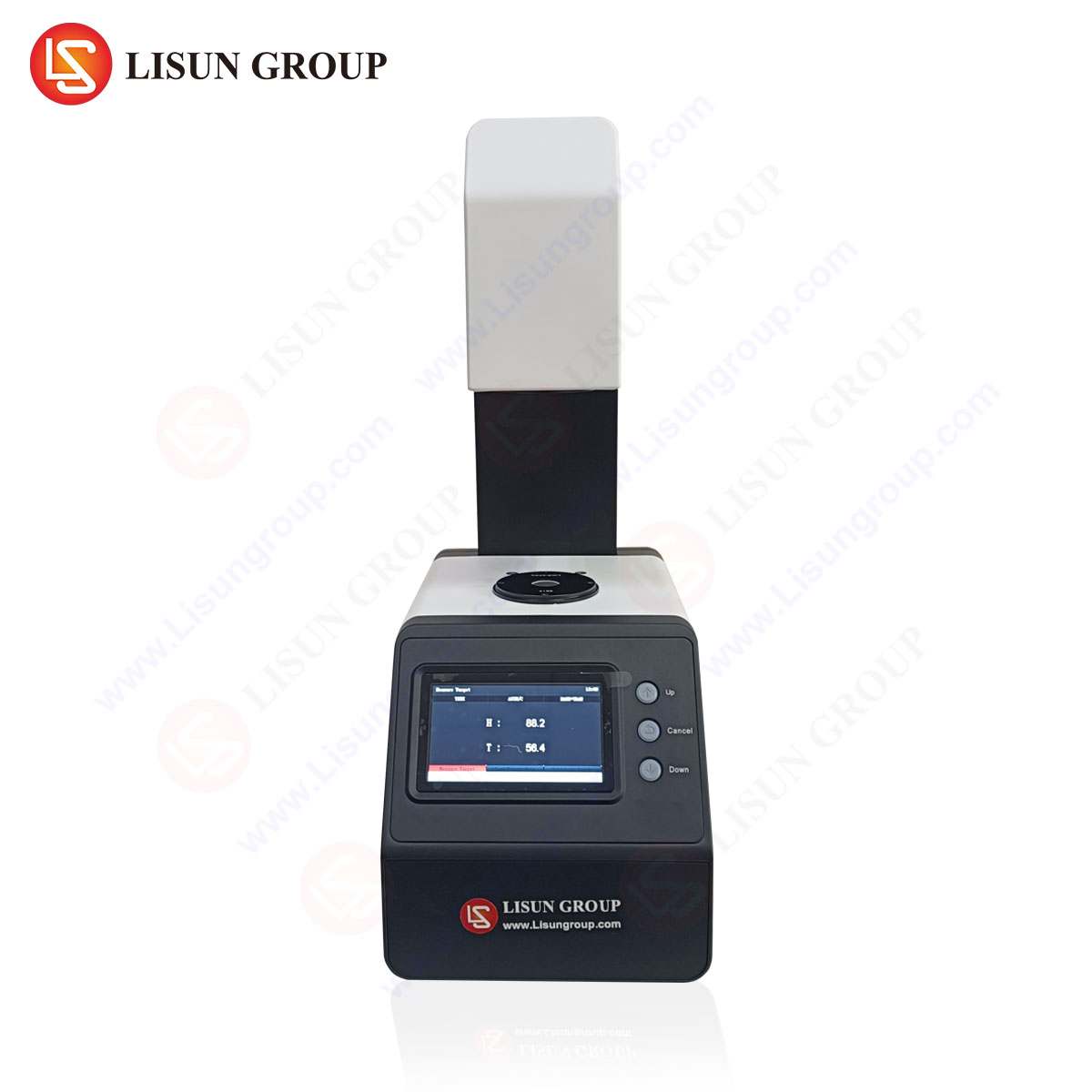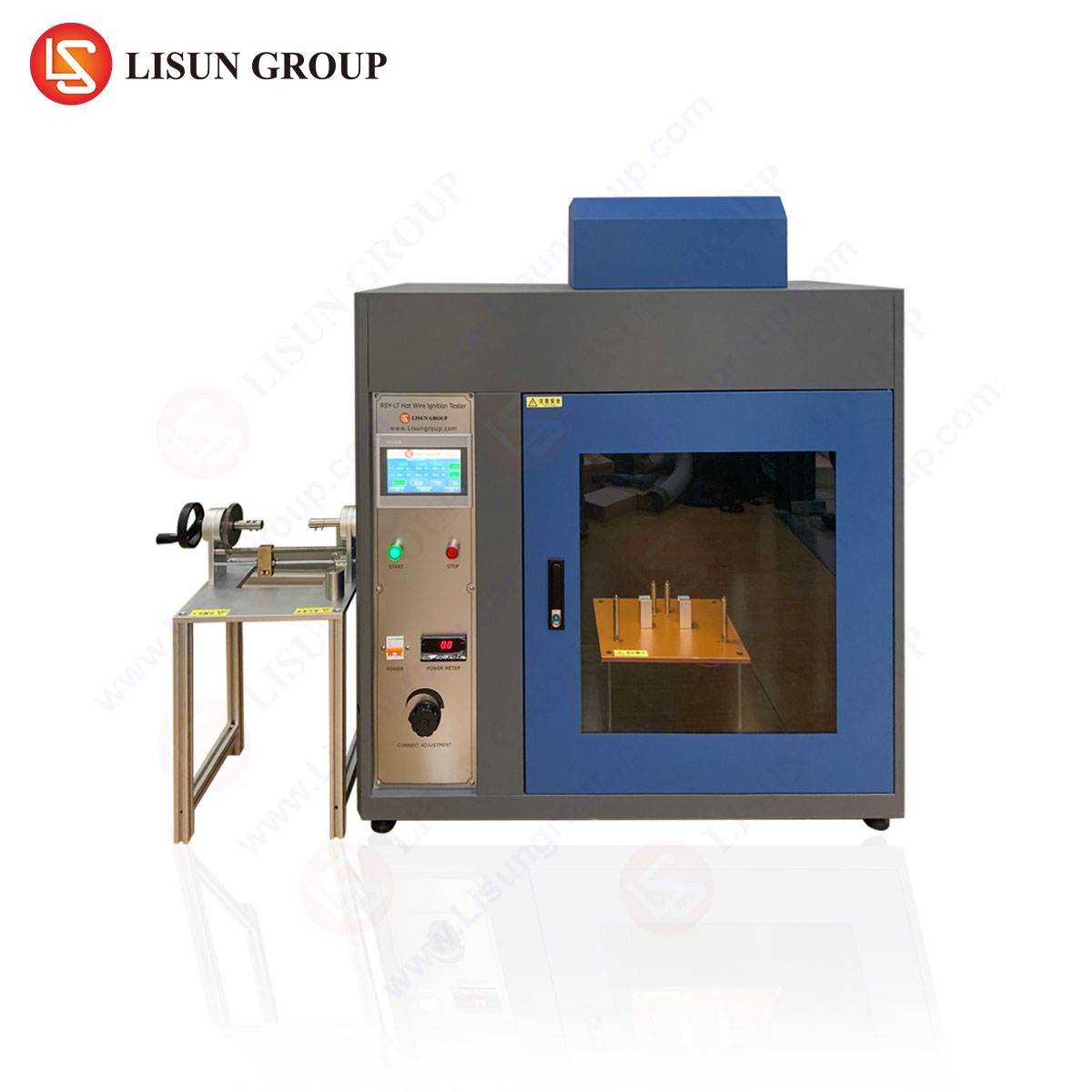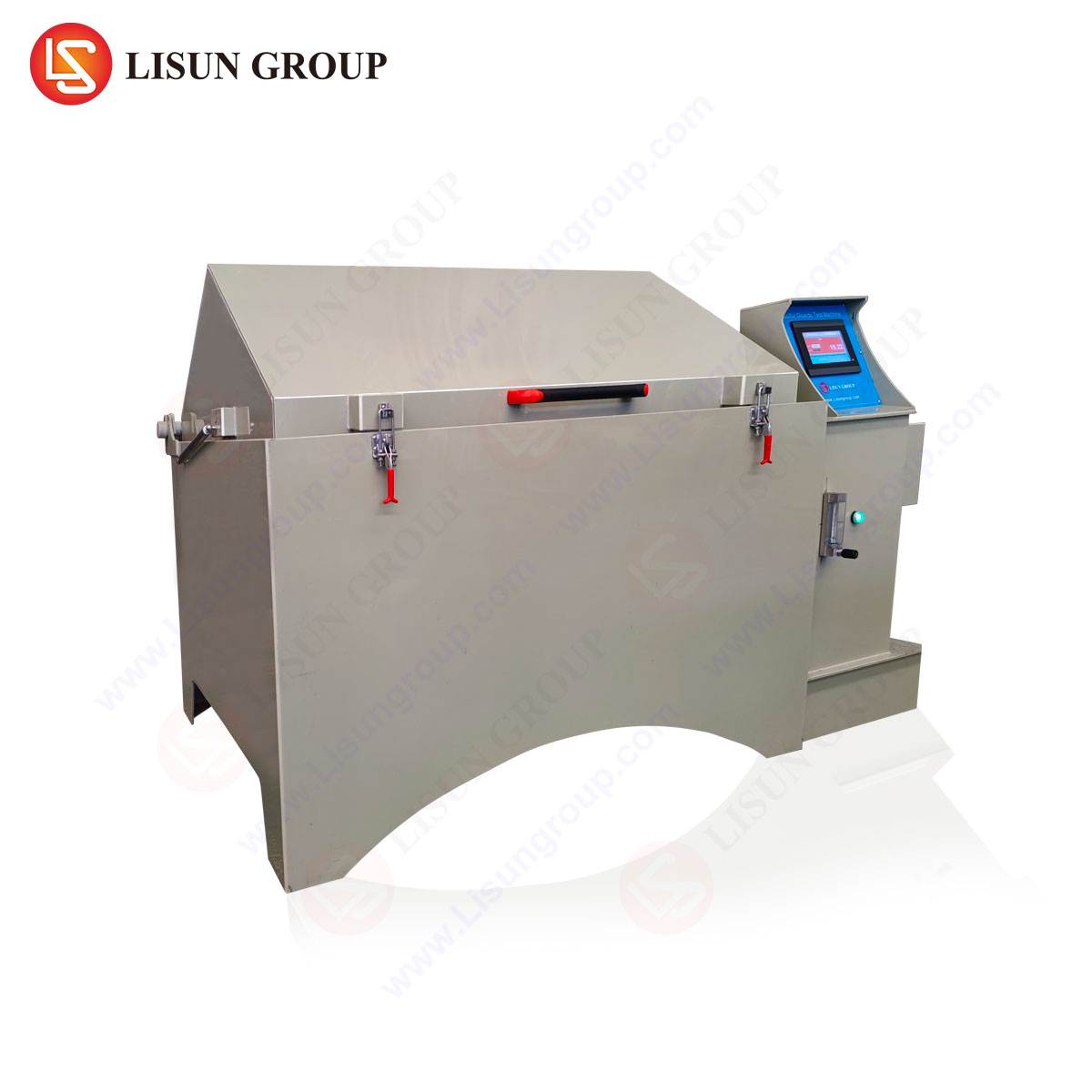An Analysis of Mechanical Impact Protection and the IEC 62262 Standard
Introduction to Enclosure Protection Against Mechanical Impacts
The integrity of electrical and electronic equipment enclosures is a critical determinant of product reliability, safety, and operational longevity across diverse industrial and consumer sectors. While the ingress protection (IP) code, as defined by IEC 60529, is widely recognized for classifying protection against solid objects and water, a parallel standard addresses a fundamentally different threat: mechanical impacts. The IEC 62262 standard, formally titled “Degrees of protection provided by enclosures for electrical equipment against external mechanical impacts (IK code),” provides a codified and repeatable methodology for specifying and verifying the resilience of equipment enclosures to transient mechanical shocks. This standard establishes a critical link between design engineering, performance validation, and end-user specification, ensuring that products deployed in demanding environments can withstand the physical stresses inherent to their application.
The development of IEC 62262 was largely driven by the need to harmonize disparate national standards, particularly in Europe, where varying test methods for impact resistance created ambiguity for manufacturers and consumers alike. By introducing the IK code, a systematic classification from IK00 to IK10, the standard offers a unified, internationally accepted language for communicating a product’s mechanical robustness. This article will deconstruct the technical foundations of IEC 62262, explore its testing methodologies and classification system, and examine its critical role in product development and certification. A specific focus will be placed on the practical application of the standard through an analysis of advanced testing instrumentation, such as the LISUN IK07-10VT IK Test apparatus.
Historical Context and Standardization of Impact Testing
Prior to the formal adoption of IEC 62262 in 2002, the landscape of mechanical impact testing was fragmented. In many European countries, impact requirements were often appended to the IP code as an optional, non-standardized suffix (e.g., IP55 with impact protection). The test methods, impact energies, and striker geometries varied significantly, leading to inconsistencies in product ratings and making direct comparisons between manufacturers challenging. This lack of harmonization posed a significant barrier to international trade and created potential safety and reliability risks if a product’s stated impact resistance was misinterpreted.
The International Electrotechnical Commission (IEC) addressed this problem by consolidating these various national approaches into a single, coherent document. IEC 62262 effectively decoupled mechanical impact testing from the IP code, establishing the independent IK classification system. This separation was logical, as the failure modes and physical principles involved in resisting a high-energy impact are distinct from those preventing the ingress of dust or water. The standard’s primary achievement was the definition of a rigorous, repeatable test procedure that could be applied globally, providing a reliable benchmark for product designers, specifiers, and testing laboratories.
Deconstructing the IK Code: Classification and Impact Energies
The core of the IEC 62262 standard is the IK code, which consists of the letters “IK” followed by a two-digit number. This number corresponds to a specific impact energy, measured in joules (J), which the enclosure must withstand during testing without sustaining damage that compromises its protective function. The IK code scale is discrete, with defined energy levels ranging from IK00 (no protection) to IK10 (highest protection, 20 J). It is crucial to note that the classification is not a linear progression of “toughness” but a specific claim about surviving a test at a defined energy level.
The following table outlines the complete IK code classification as per IEC 62262:
| IK Code | Impact Energy (Joules) |
|---|---|
| IK00 | No protection |
| IK01 | 0.15 J |
| IK02 | 0.2 J |
| IK03 | 0.35 J |
| IK04 | 0.5 J |
| IK05 | 0.7 J |
| IK06 | 1 J |
| IK07 | 2 J |
| IK08 | 5 J |
| IK09 | 10 J |
| IK10 | 20 J |
The selection of an appropriate IK rating is a critical engineering decision. A low rating such as IK04 or IK05 may be sufficient for indoor office equipment like printers or network switches, where the risk of impact is minimal. In contrast, automotive electronics control units (ECUs) mounted in engine bays, industrial control panels on factory floors, or public lighting fixtures require higher ratings, typically IK08 or above, to withstand vibrations, tool drops, or deliberate vandalism.
The Mechanical Principles and Test Methodology of IEC 62262
The test methodology prescribed by IEC 62262 is designed to simulate real-world impact events in a controlled laboratory environment. The standard specifies the use of a pendulum hammer for the lower energy levels (IK01 to IK05) and a spring-operated or vertical hammer for the higher energies (IK06 to IK10). The fundamental principle involves releasing a standardized striker, of a specified mass and geometry, to impact the enclosure under test from a calculated drop height or with a calibrated spring force to achieve the requisite energy.
The impact energy (E) is calculated using the formula derived from classical mechanics: E = mgh for pendulum tests, where m is the mass of the hammer, g is the acceleration due to gravity, and h is the drop height. For spring-operated hammers, the energy is calibrated and verified. The standard meticulously defines the striker’s material and geometry; for higher IK ratings (IK07 to IK10), the striker typically features a hardened steel hemispherical head of a specified radius. This geometry concentrates the force, creating a severe test condition that probes the material’s brittleness, ductility, and structural integrity.
The test procedure mandates a specific number of impacts (typically five) distributed across the enclosure’s most vulnerable surfaces. The test sample must be mounted in a manner representative of its final installation. Following the impact sequence, the enclosure is inspected for damage. Compliance with the standard is not determined by the absence of cosmetic damage, but by the enclosure’s continued ability to meet its primary protective functions. This is often verified by conducting the relevant IP code tests from IEC 60529 after the impact test to ensure that seals and structural boundaries remain intact.
Instrumentation for Compliance: The LISUN IK07-10VT IK Test Apparatus
Achieving consistent and certifiable results under IEC 62262 necessitates specialized, calibrated test equipment. The LISUN IK07-10VT IK Test apparatus is an example of a system engineered specifically for conducting tests in the IK07 to IK10 range. This vertical test instrument provides the precision and repeatability required for formal certification in accredited laboratories.
The LISUN IK07-10VT operates on the vertical free-fall principle. It incorporates a guided release mechanism that ensures the hammer falls without deviation onto the test sample positioned directly below. The system is designed to accommodate the standardized strikers and masses necessary to generate the precise impact energies for IK07 (2 J), IK08 (5 J), IK09 (10 J), and IK10 (20 J). Key specifications of such a system typically include a rigid base structure to absorb reaction forces, a height adjustment mechanism calibrated in energy equivalents, and safety interlocks to protect the operator.
The competitive advantage of a dedicated system like the IK07-10VT lies in its elimination of operator-induced variables. Manual hammer swings, as might be used in lower-tier tests, are prone to inconsistencies in angle and velocity. The vertical, guided drop ensures that the full, specified energy is delivered perpendicularly to the test surface, a critical factor for reproducible results. This is particularly vital for manufacturers of safety-critical components, such as medical device enclosures or aerospace and aviation components, where a verified IK rating is a non-negotiable aspect of product safety and regulatory submission.
Application of IK Ratings Across Industrial Sectors
The IK rating system provides a critical performance metric for a vast array of products. Its application is not merely about surviving vandalism but ensuring operational continuity in harsh environments.
In the Electrical and Electronic Equipment and Industrial Control Systems sectors, programmable logic controllers (PLCs), motor starters, and human-machine interfaces (HMIs) installed on production lines are susceptible to impacts from tools, falling objects, or accidental collisions with machinery. An IK08 or IK09 rating provides assurance that these critical control elements will remain functional despite such events.
For Automotive Electronics, components like engine control units, sensors, and junction boxes must endure vibrations, stone chips, and mechanical shocks throughout the vehicle’s lifecycle. A specified IK rating validates that the enclosures for these components can protect the delicate circuitry within.
Lighting Fixtures, especially those used in public spaces, tunnels, or industrial facilities, are frequent targets for vandalism and are subject to impacts from debris. An IK10 rating is often specified for these applications to minimize maintenance costs and ensure public safety and continuous illumination.
In Telecommunications Equipment, outdoor cabinets and street-side fiber optic termination points require high IK ratings to resist both environmental forces and malicious damage, ensuring network integrity.
Medical Devices used in hospital environments, such as patient monitors or infusion pumps, can be subject to impacts during transport or accidental bumps. A suitable IK rating (e.g., IK07 or IK08) is part of a broader design strategy for durability and reliability in a critical care setting.
Electrical Components like industrial-grade switches, sockets, and circuit breakers benefit from IK ratings, as their surfaces are directly exposed to contact and potential abuse.
The Relationship Between Material Science and IK Performance
The ability of an enclosure to achieve a specific IK rating is intrinsically linked to the material properties of its construction. Design engineers must consider factors such as impact strength, notch sensitivity, ductile-to-brittle transition temperature, and fatigue resistance.
Metallic enclosures, typically fabricated from aluminum or steel, rely on their ductility to absorb impact energy through plastic deformation. A dent may form, but the enclosure often remains intact and functional. The gauge thickness and structural reinforcements are key design parameters.
Polymer-based enclosures present a more complex material response. Thermoplastics like polycarbonate (PC) and polyamide (nylon) offer excellent impact strength and are frequently used for IK08 to IK10 rated products. However, their performance is highly dependent on factors such as polymer grade, filler content, wall thickness, and rib design. A poorly designed mold or an incorrect material choice can lead to brittle fracture upon impact. Material selection, therefore, becomes a balance of mechanical performance, cost, weight, and environmental resistance (e.g., to UV radiation or chemicals).
Integrating IK Testing into the Product Development Lifecycle
To be effective, compliance with IEC 62262 must be integrated early into the product development lifecycle, not treated as a final validation step. The process typically follows a structured path:
- Requirement Definition: The target IK rating is defined based on the product’s intended use, industry norms, and customer specifications.
- Design and Material Selection: Enclosure geometry, wall thickness, rib placement, and material are selected and modeled using Finite Element Analysis (FEA) to simulate impact events and identify stress concentrations.
- Prototype and Validation Testing: Physical prototypes are manufactured and tested using a calibrated apparatus like the LISUN IK07-10VT. The results are used to validate the FEA models and iterate the design if necessary.
- Production and Certification: Once the design is finalized, pre-production units are submitted to an accredited testing laboratory for formal certification. The test report and subsequent IK marking on the product provide the legal and commercial proof of compliance.
This iterative approach minimizes the risk of costly design changes late in the development process and ensures that the final product reliably meets its performance targets.
Frequently Asked Questions (FAQ)
Q1: Can a product have both an IP rating and an IK rating?
Yes, and this is highly common. The ratings are complementary and address different environmental stresses. A product might be rated IP54 for dust and water protection and IK08 for impact resistance. The tests are often performed sequentially, with the IP test conducted after the IK impact test to verify that the seals and enclosure integrity were not compromised.
Q2: How is the impact energy for the IK10 rating (20 Joules) contextualized in real-world terms?
A 20 J impact is a significant energy level. It is approximately equivalent to the energy of a 5 kg mass dropped from a height of 0.4 meters, or the kinetic energy of a solid steel tool weighing ~1.25 kg swung at a moderate velocity. This simulates severe impacts, such as a heavy wrench being dropped on an industrial control box or deliberate, forceful vandalism against a public streetlight.
Q3: What are the critical calibration and maintenance requirements for a vertical IK tester like the LISUN IK07-10VT?
Primary calibration focuses on the release mechanism to ensure a friction-free, vertical drop, and the verification of the hammer’s mass and drop height to guarantee accurate impact energy. Regular maintenance includes inspecting the guide columns for wear, ensuring the release mechanism functions smoothly, and checking the striker head for deformation or damage that could invalidate test results. Calibration should be performed annually by an accredited body.
Q4: If an enclosure shows a visible dent or crack after an IK test, does it automatically fail?
Not necessarily. The pass/fail criterion is functional, not cosmetic. The standard requires that the enclosure continues to provide its intended degree of protection. For example, if an IP-rated enclosure is dented but the internal components are untouched and it subsequently passes the required IP test, it can still be deemed compliant. However, cracks that breach the environmental seal or sharp edges that pose a safety hazard would constitute a failure.
Q5: Is the IK rating applicable to any specific area of the enclosure, or the entire product?
The standard requires that impacts are applied to the parts of the enclosure that are deemed most likely to be struck and/or are most vulnerable. This typically includes surfaces that are exposed in the final installation. The test report documents the exact locations of the impacts. The rating applies to the enclosure as a whole, meaning it must withstand impacts on its vulnerable points without functional failure.






